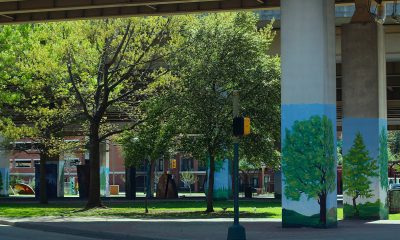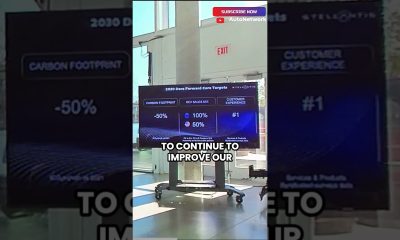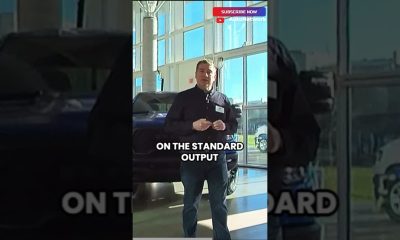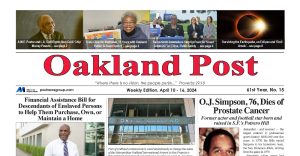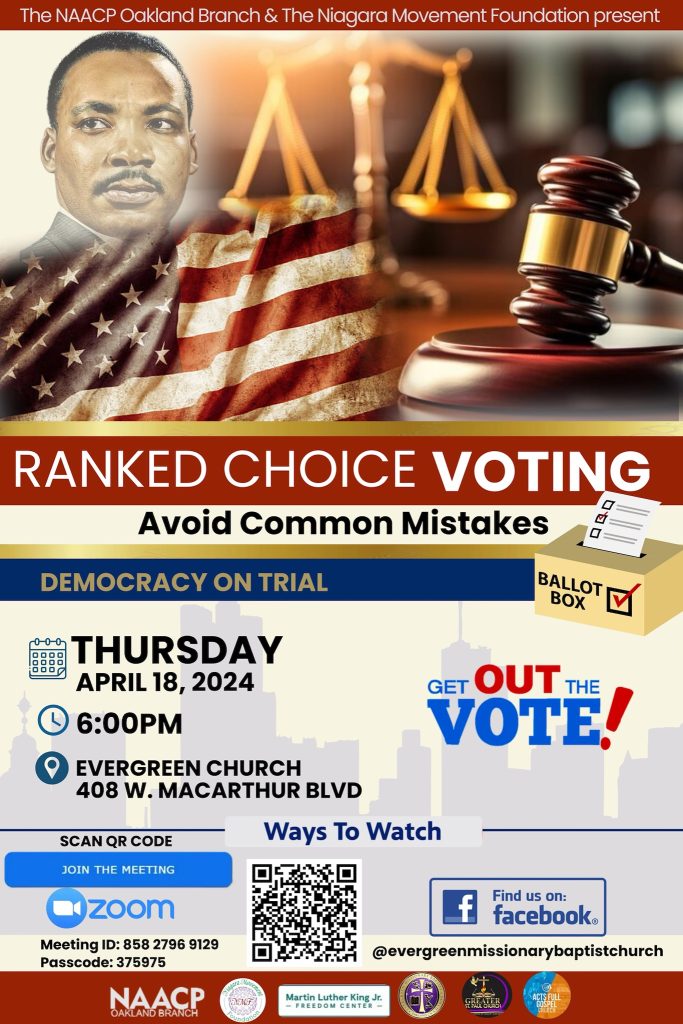Activism
City’s Environmental Report on Oakland A’s Project Fails to Protect Health and Safety of Local Residents, Says Community Coalition
“The City has rushed the Final EIR in order to meet the arbitrary end of the year deadline set by the Oakland A’s,” according to a factsheet released by the East Oakland Stadium Alliance (EOSA). “The City Council and Planning Commission should not be bullied by the Oakland A’s into certifying an EIR that fails to adequately consider the project’s full impact on the neighboring community and Port operations.” The public can attend and participate in the Final EIR vote at the City of Oakland Planning Commission Zoom meeting, Wednesday, Jan. 19, 3 p.m. at: https://us06web.zoom.us/j/82519936593
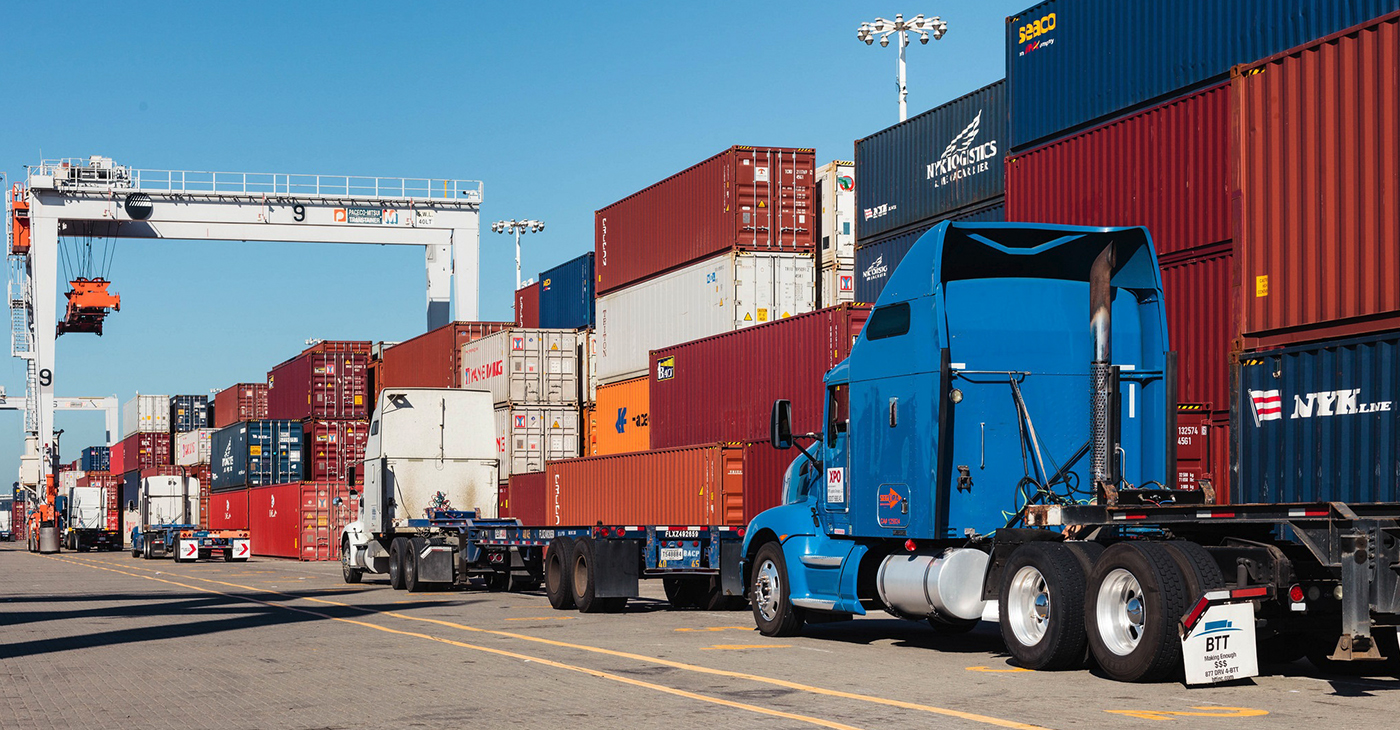
Oakland Port Commission Zoom hearing on Final EIR set for Jan. 19 at 3 p.m.
By Ken Epstein
The real estate development at Howard Terminal proposed by billionaire developer John Fisher, the owner of the Oakland A’s, and backed by Oakland Mayor Libby Schaaf “will result in numerous significant and unavoidable impacts in critical areas of concern such as toxics, traffic, air quality, and public safety,” according to a factsheet released by the East Oakland Stadium Alliance (EOSA).
An examination of the 3,500-page Final Environmental Impact Report (FEIR) produced by city staff found that the Final EIR did not adopt any of the recommendations from the over 400 comments that were submitted by community members who pointed out numerous deficiencies with the Draft EIR, according to the factsheet released by EOSA.
“By refusing to substantively improve the Draft EIR in response to these hundreds of comments, and instead simply defending the previous analysis, the City and the A’s (in the Final EIR) are ignoring the majority of community stakeholders,” the factsheet said.
The EOSA is a coalition of local businesses, workers, labor organizations, and Oakland community members who are concerned about the Oakland A’s’ proposal to leave behind their current Coliseum location in East Oakland and build a new stadium in the middle of Oakland’s thriving working waterfront. Coalition partners include the ILWU, California Trucking Association, Acts Full Gospel Church, Pacific Merchant Shipping Association, SSA Marine, Schnitzer Steel and the Oakland East Bay Democratic Club.
“The City has rushed the Final EIR in order to meet the arbitrary end of the year deadline set by the Oakland A’s,” the fact sheet said. “The City Council and Planning Commission should not be bullied by the Oakland A’s into certifying an EIR that fails to adequately consider the project’s full impact on the neighboring community and Port operations.”
Below are some of the “significant and unavoidable impacts of the Oakland A’s Howard Terminal project that the Final EIR fails to mitigate and address”:
Rail Safety – The EIR found that the project “would expose roadway users (e.g., motorists, pedestrians, bus riders, bicyclists) to a permanent or substantial transportation hazard.”
According to the factsheet, the EIR fails to provide any scenario where the project has adequate rail crossings for cars, pedestrians, and bicyclists.
“The A’s and City should not expose more people to potentially fatal safety hazards while traveling across these at-grade railroad crossings,” said the factsheet.
Air Quality – “Demolition and construction associated with the Howard Terminal development would result in daily emissions that exceed the City’s thresholds,” said the factsheet. “Significant and unavoidable air pollution impacts of the A’s Howard Terminal project also include contributing to cumulative regional air quality impacts and to cumulative health risk impacts on sensitive receptors.”
Truck Displacement -The EIR does not analyze the impacts resulting from the displaced trucks using the Howard Terminal site. This is a major impact of using Howard Terminal, but the EIR calls this analysis too “speculative” to analyze. “The project will likely result in more idling, more miles traveled, and more congestion on local roads for trucks trying to get to and from the Port,” said the factsheet
Toxic Remediation – “The EIR provides few details on the project’s required Remedial Action Plan because it still has not been drafted. This means that the City Council is being asked to approve the project before it knows the actual level of toxic remediation and the remaining toxic hazards,” according to the factsheet.
What information is in the EIR makes it clear that “the A’s don’t intend to clean up most of the site, but just to pave over and pile on the existing toxic pollution,” the factsheet said.
Maritime Compatibility – “The Draft EIR provided few comprehensive Seaport Compatibility Measures despite receiving dozens of suggestions from the maritime industry and waterfront labor that would minimize impacts on the Port,” the factsheet said.
To find out more about the East Oakland Stadium Alliance, go to www.eastoaklandstadiumalliance.com
The public can attend and participate in the Final EIR vote at the City of Oakland Planning Commission Zoom meeting, Wednesday, Jan. 19, 3 p.m. at: https://us06web.zoom.us/j/82519936593
Activism
Oakland Post: Week of April 10 – 16, 2024
The printed Weekly Edition of the Oakland Post: Week of April 10 – 16, 2024
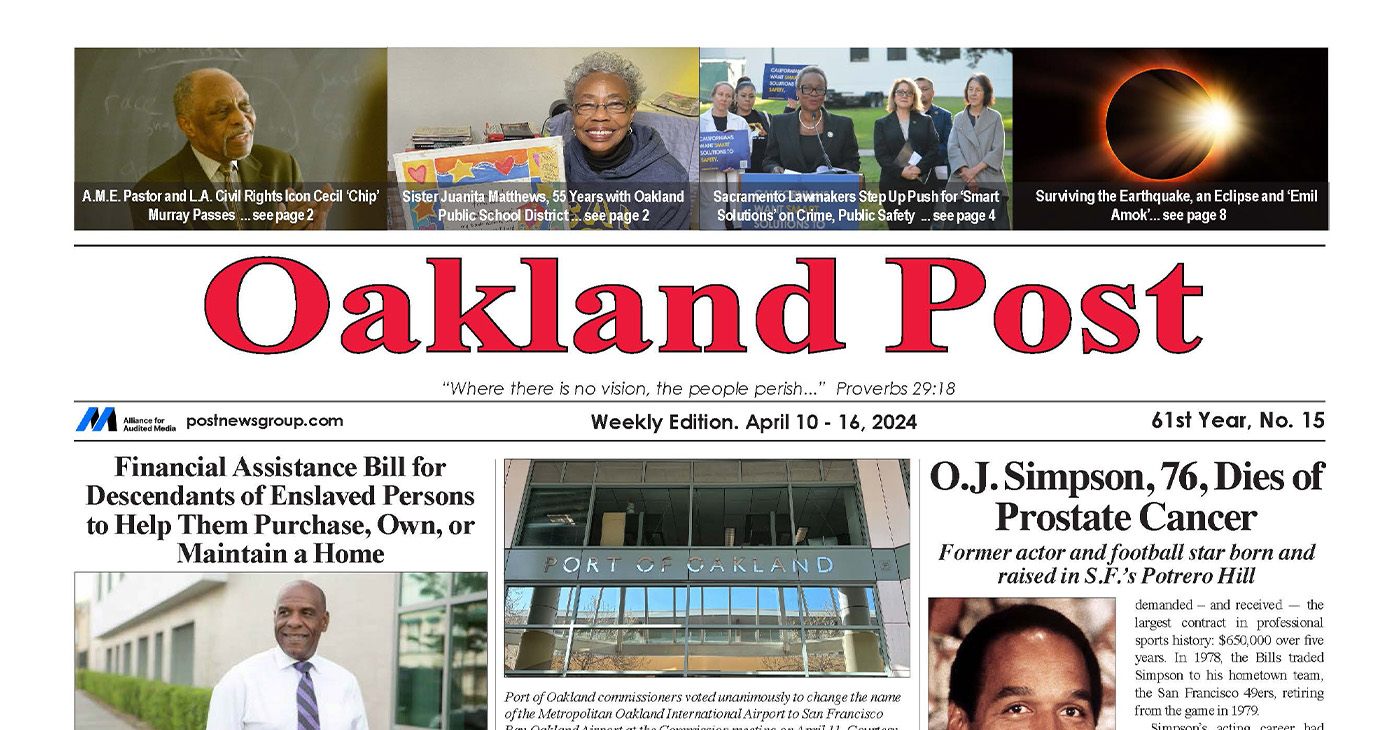
To enlarge your view of this issue, use the slider, magnifying glass icon or full page icon in the lower right corner of the browser window. ![]()
Activism
Oakland Post: Week of April 3 – 6, 2024
The printed Weekly Edition of the Oakland Post: Week of April 3 – 6, 2024
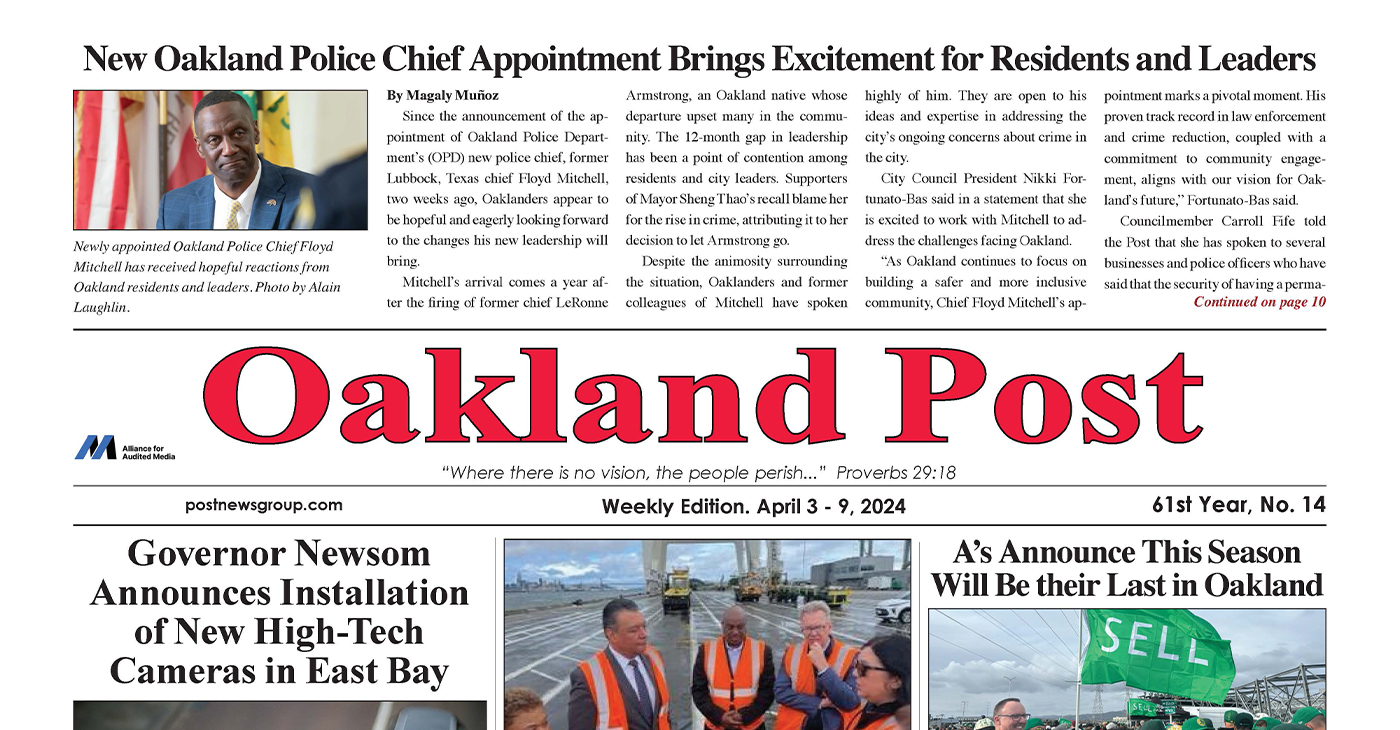
To enlarge your view of this issue, use the slider, magnifying glass icon or full page icon in the lower right corner of the browser window. ![]()
Activism
Oakland Post: Week of March 27 – April 2, 2024
The printed Weekly Edition of the Oakland Post: Week of March 27 – April 2, 2024
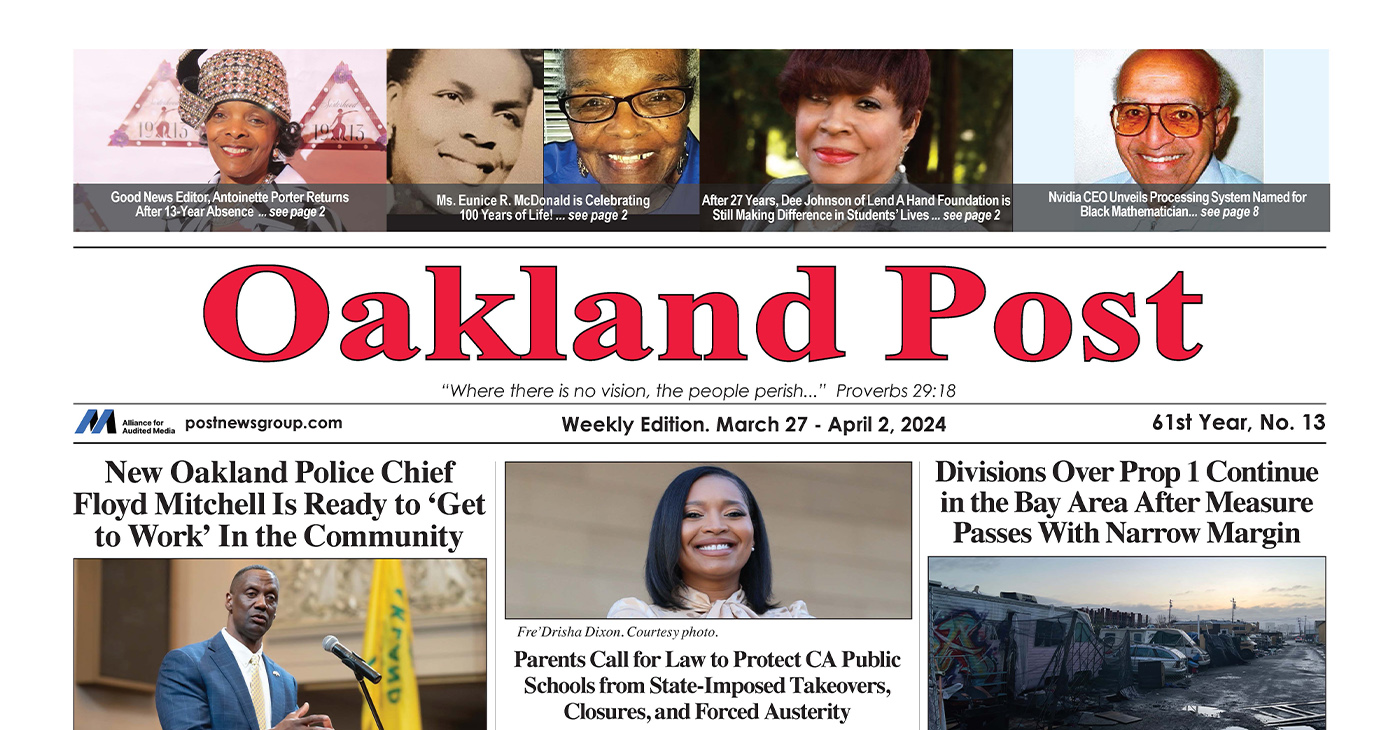
To enlarge your view of this issue, use the slider, magnifying glass icon or full page icon in the lower right corner of the browser window. ![]()
-

 Activism4 weeks ago
Activism4 weeks agoOakland Post: Week of March 20 – 26, 2024
-

 #NNPA BlackPress3 weeks ago
#NNPA BlackPress3 weeks agoMayor, City Council President React to May 31 Closing of Birmingham-Southern College
-

 #NNPA BlackPress3 weeks ago
#NNPA BlackPress3 weeks agoFrom Raids to Revelations: The Dark Turn in Sean ‘Diddy’ Combs’ Saga
-

 #NNPA BlackPress3 weeks ago
#NNPA BlackPress3 weeks agoCOMMENTARY: D.C. Crime Bill Fails to Address Root Causes of Violence and Incarceration
-

 #NNPA BlackPress3 weeks ago
#NNPA BlackPress3 weeks agoCOMMENTARY: Lady Day and The Lights!
-

 #NNPA BlackPress3 weeks ago
#NNPA BlackPress3 weeks agoBaltimore Key Bridge Catastrophe: A City’s Heartbreak and a Nation’s Alarm
-

 #NNPA BlackPress3 weeks ago
#NNPA BlackPress3 weeks agoBaltimore’s Key Bridge Struck by Ship, Collapses into Water
-

 Activism3 weeks ago
Activism3 weeks agoOakland Post: Week of March 27 – April 2, 2024

